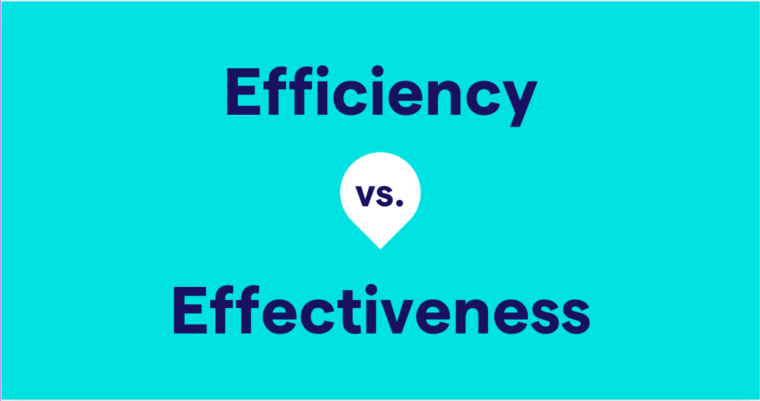- Few is a quantifier used with plural countable nouns.
- Without the article “a,” few emphasizes a small number of something.
- Adding the article removes the emphasis—a few means some.
- The same rule applies to little, which is used with singular uncountable nouns.
When it comes to few and little, adding an “a” can change the meaning of the sentences in which they appear. The change is subtle, however, so it can be easily missed.

The Difference Between Few and a Few
We use the word few when we want to talk about the quantity of something. Usually, we use it when we want to talk about a small quantity:
In the sentence above, we used few to indicate that only one or two members of the family leave town—most of them stay put. However, if we were to add “a” to few, we would be saying something else:
Here we’re saying that some members of the family leave their hometown. It’s still not a lot of them, but the emphasis is on the fact on that there are some who do leave, and not that their number is small. Here’s another example:
In the first sentence, we are saying that, although we have a lot of friends, we haven’t known them for very long—there’s only a small number of them we’ve known since high school. In the second sentence, we are saying that we have many friends and some of them are really old friends—we’ve known them since high school.
The exception to these usage rules is a few in the phrase quite a few. That phrase is used to indicate the opposite of a few. Quite a few means a lot:
Difference Between Little and a Little
Little and a little follow the same pattern as few vs. a few. The only difference is that we use few and a few with countable nouns in the plural form, and we use little and a little with uncountable nouns:
In the first example, we are saying that we didn’t have a lot of time before we had to go. In the second one, we’re saying that we had some time, albeit not a lot of it, to prepare.
To make it easier, you could think about it as you would about the proverbial glass of water—you use few and little when you want to point out that the glass is half empty (there’s little water in the glass) and you use a few and a little when you want to point out that the glass is half full (at least there’s some of it). By the way, you should use little and a little with “water” because it’s an uncountable noun.






